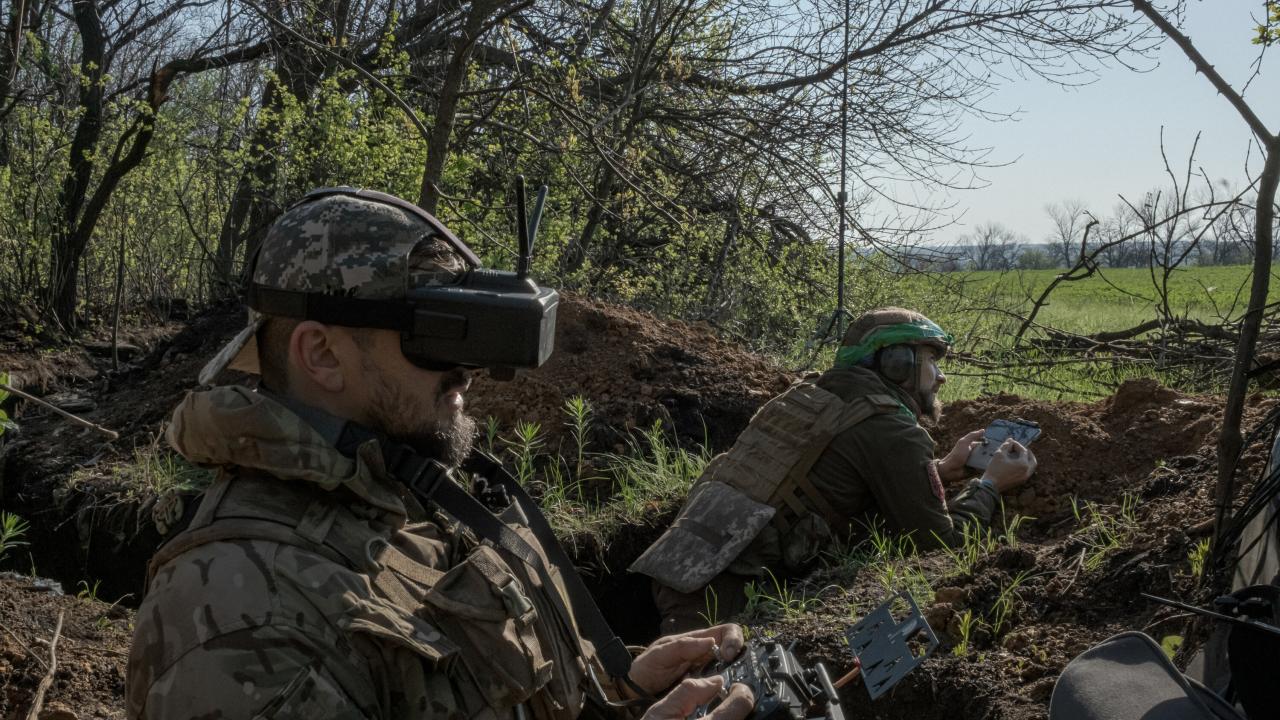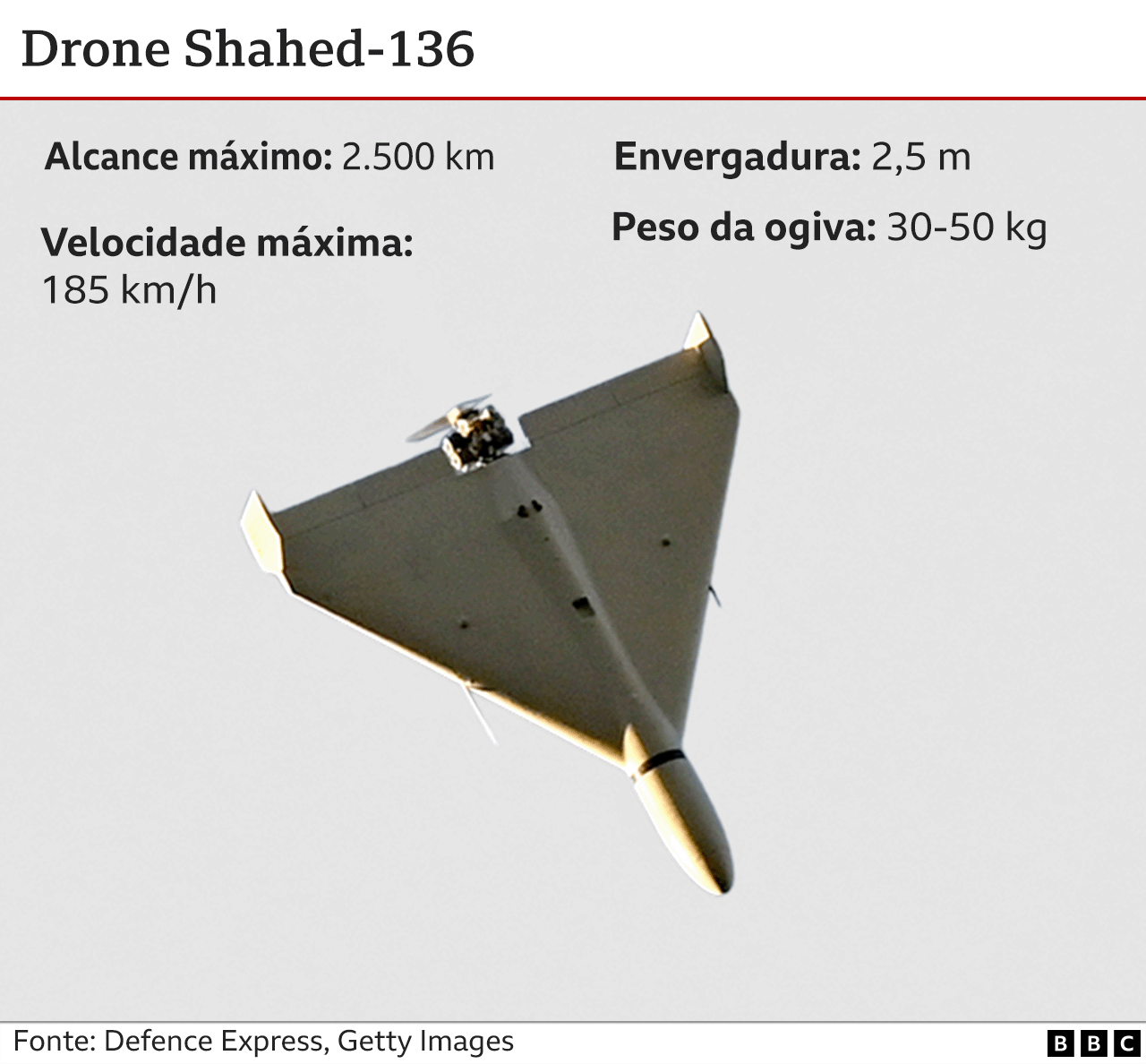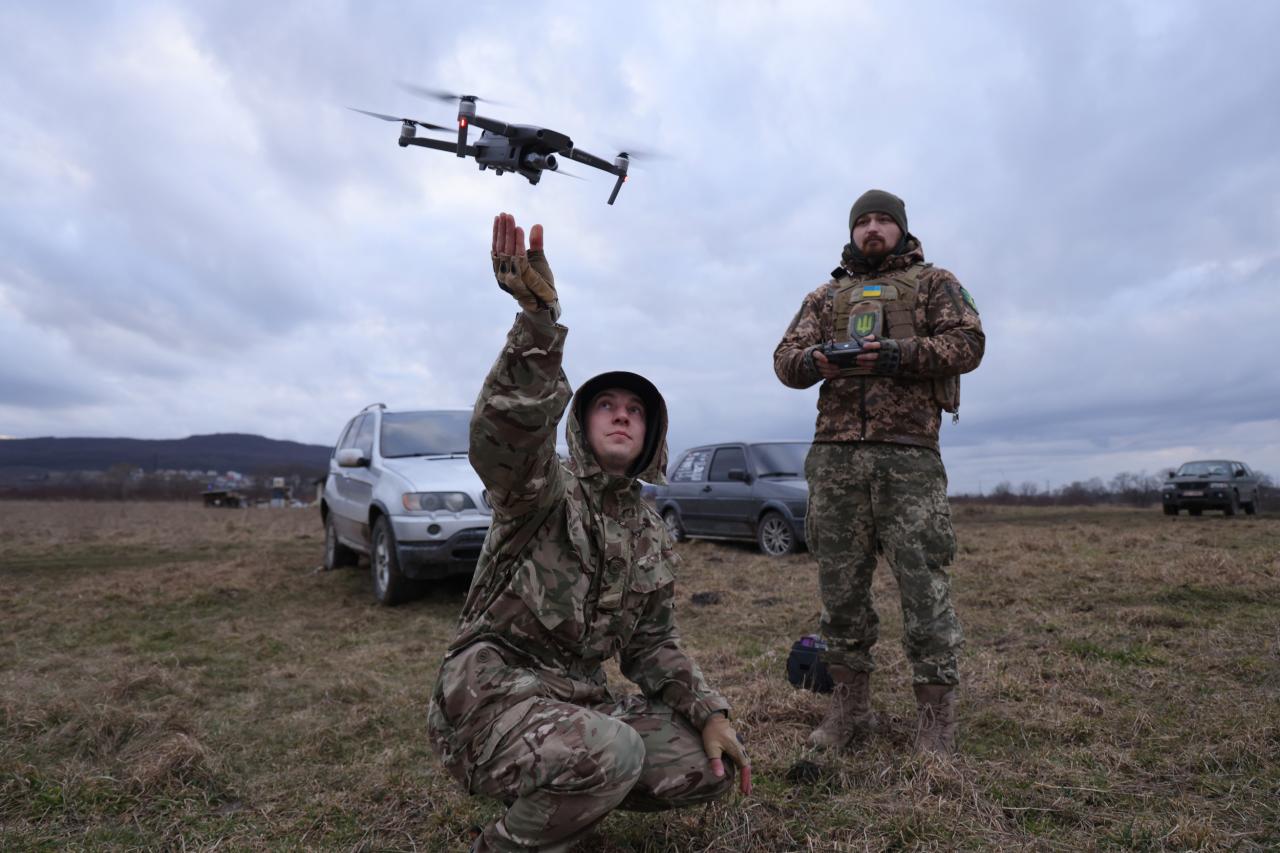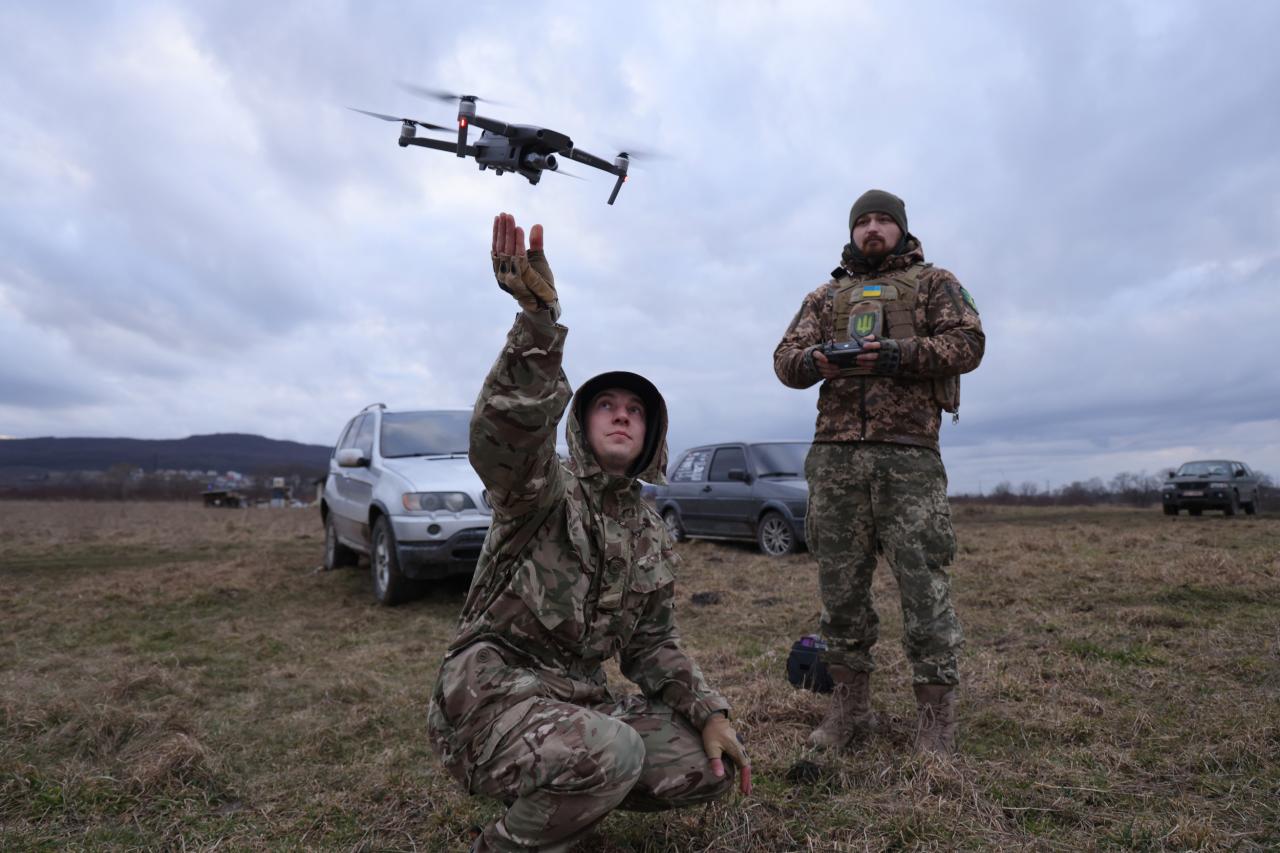Drone attack Russia has become a significant geopolitical issue, raising concerns about escalating conflicts and the evolving nature of warfare. This exploration delves into the types of drones employed, their targets, the actors involved, Russia’s countermeasures, and the broader international implications. We’ll examine the technology, the strategies, and the consequences of these attacks, providing a clear and concise overview of this complex situation.
From the various drone models used and their capabilities to the strategic locations targeted within Russia, we’ll analyze the motivations behind these attacks and the effectiveness of Russia’s responses. We’ll also explore the human cost, the political ramifications, and the potential for future escalation.
Drone Attacks Against Russia: An Overview
The increasing frequency of drone attacks targeting Russia has significantly impacted the geopolitical landscape. This analysis delves into the various aspects of these attacks, examining the types of drones used, the geographic locations targeted, the actors involved, Russia’s response, and the broader international implications.
Types of Drones Used in Attacks Against Russia

A variety of drone models, both commercially available and potentially modified, have been implicated in attacks against Russia. Technological advancements, such as improved range, payload capacity, and autonomous navigation systems, have enabled these attacks to occur with increasing frequency and sophistication.
| Drone Model | Manufacturer (if known) | Range (approximate) | Payload Capacity (approximate) |
|---|---|---|---|
| Altay | Unknown | 50-100km | 5-10kg |
| Modified DJI Mavic | DJI | 10-20km | 1-2kg |
| Bayraktar TB2 (reports suggest) | Baykar | 150km+ | 55kg |
| Unknown UAVs | Unknown | Variable | Variable |
The effectiveness of different drone types varies depending on their capabilities and the specific target. Smaller, commercially available drones may be easier to obtain and deploy but have limited range and payload capacity. Larger, military-grade drones offer greater range and payload, but are more difficult to acquire and operate.
Geographic Locations and Targets of Drone Attacks, Drone attack russia
Drone attacks have targeted various locations across Russia, often focusing on military installations, infrastructure, and symbolic targets. The frequency and geographic distribution of these attacks have varied over time.
A hypothetical map would show clusters of attacks concentrated near the border regions, with a decreasing frequency further inland. Key locations might include military air bases, industrial complexes, and potentially even Moscow. Each location marker would provide information on the specific target, the date of the attack, and the reported outcome (e.g., damage caused, casualties, Russian response).
A visual representation of the geographic distribution of attacks over time could be a heatmap, where the intensity of color represents the frequency of attacks in a given area over time. A darker shade would indicate a higher concentration of attacks over a specific period. The heatmap would be overlaid on a map of Russia, showing the evolution of attack locations over time.
Drone attacks on Russia are becoming increasingly sophisticated, requiring robust communication systems. To ensure your devices are operating optimally, you might need to check your network’s frequency; learn how to do this by checking how to check your wifi ghz on iphone. A strong, stable WiFi connection is crucial, especially if you’re tracking the news on these attacks, and knowing your GHz helps troubleshoot any connectivity issues you might face.
This visual representation would highlight patterns and trends in the targeting strategy.
Actors Involved in Drone Attacks Against Russia
Attribution of drone attacks remains a complex issue. Several groups and individuals have been implicated, with varying degrees of evidence.
- Group A: Alleged involvement based on claimed responsibility or circumstantial evidence (e.g., drone type used, operational methods). Evidence might include intercepted communications, social media posts, or witness testimonies.
- Group B: Suspected involvement based on intelligence assessments or investigative reports. Evidence might include analysis of drone technology, flight paths, and damage assessment.
- Individual Actors: Potential involvement of individuals acting independently or as part of a larger network.
Motivations behind these attacks vary. Some actors may seek to inflict damage on military infrastructure or disrupt military operations. Others may aim to demonstrate capability, undermine morale, or draw international attention to the conflict.
Russia’s Response to Drone Attacks

Russia has implemented various countermeasures to mitigate the threat of drone attacks.
Drone attacks on Russia are becoming increasingly sophisticated, raising concerns about the technology involved. Many of these drones utilize components readily available, and you might be surprised to learn that some are sourced from companies like dji canada , highlighting the dual-use nature of civilian drone technology. This accessibility makes it crucial to monitor the flow of these parts to prevent their misuse in conflict zones.
- Deployment of electronic warfare systems to jam drone signals.
- Increased air defenses around key installations.
- Development of anti-drone technologies.
- Strengthened border security measures.
The effectiveness of these countermeasures remains debated. While some attacks have been successfully intercepted, others have reached their targets, suggesting the need for further improvements in Russia’s defensive capabilities. A comparison with other countries facing similar threats would reveal variations in approach and effectiveness, depending on factors like technological advancement, geographic factors, and the scale of the threat.
Impact and Consequences of Drone Attacks
Drone attacks have resulted in both human casualties and material damage within Russia.
| Location | Date | Casualties | Damage |
|---|---|---|---|
| Example Location 1 | YYYY-MM-DD | [Number] | [Description of damage] |
| Example Location 2 | YYYY-MM-DD | [Number] | [Description of damage] |
The political and economic consequences are significant, impacting Russia’s image, international relations, and potentially its military spending and strategic planning. The attacks also demonstrate vulnerabilities in Russia’s air defenses and potentially affect its military capabilities and strategies.
International Implications and Legal Aspects

The use of drones in armed conflict raises complex legal and ethical questions. The international legal framework, particularly international humanitarian law, governs the conduct of hostilities, including the targeting of military objectives and the minimization of civilian harm. The application of this framework to drone attacks on Russia is subject to ongoing debate.
Drone attacks have implications for international security and stability, particularly in regions with ongoing conflicts. Potential escalatory scenarios include miscalculation, unintended escalation, or a broader conflict involving external actors. The risk of further escalation depends on the response of Russia and other involved parties.
Closing Summary
Drone attacks against Russia represent a new chapter in modern warfare, highlighting the increasing accessibility and effectiveness of unmanned aerial vehicles. Understanding the technological advancements, geopolitical motivations, and international legal ramifications is crucial for navigating this evolving landscape. The ongoing conflict underscores the need for a comprehensive approach to addressing these challenges and mitigating the risks of further escalation.
Questions and Answers: Drone Attack Russia
What is the most common type of drone used in these attacks?
While specifics are often obscured, reports suggest a variety of commercially available drones modified for military purposes are frequently used.
How does Russia identify and track incoming drones?
Russia employs a range of countermeasures, including electronic warfare systems, radar, and potentially even anti-drone weaponry.
What international laws govern these drone attacks?
The legality is complex and debated. International humanitarian law and the laws of armed conflict are relevant but their application in this specific context is contentious.
What are the long-term implications of these attacks?
Recent drone attacks on Russia highlight the increasing sophistication of unmanned aerial vehicles. The ability to control these drones remotely is crucial, and features like drone remote start offer both convenience and security for legitimate drone operators. However, the same technology can be easily misused, as evidenced by the escalating drone warfare. Understanding the capabilities of drone technology is vital in navigating these evolving security concerns.
Long-term implications include potential escalation of the conflict, further development of drone technology for military purposes, and changes in international security strategies.
